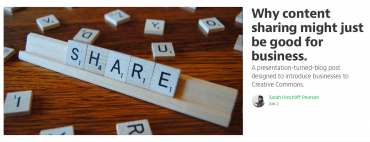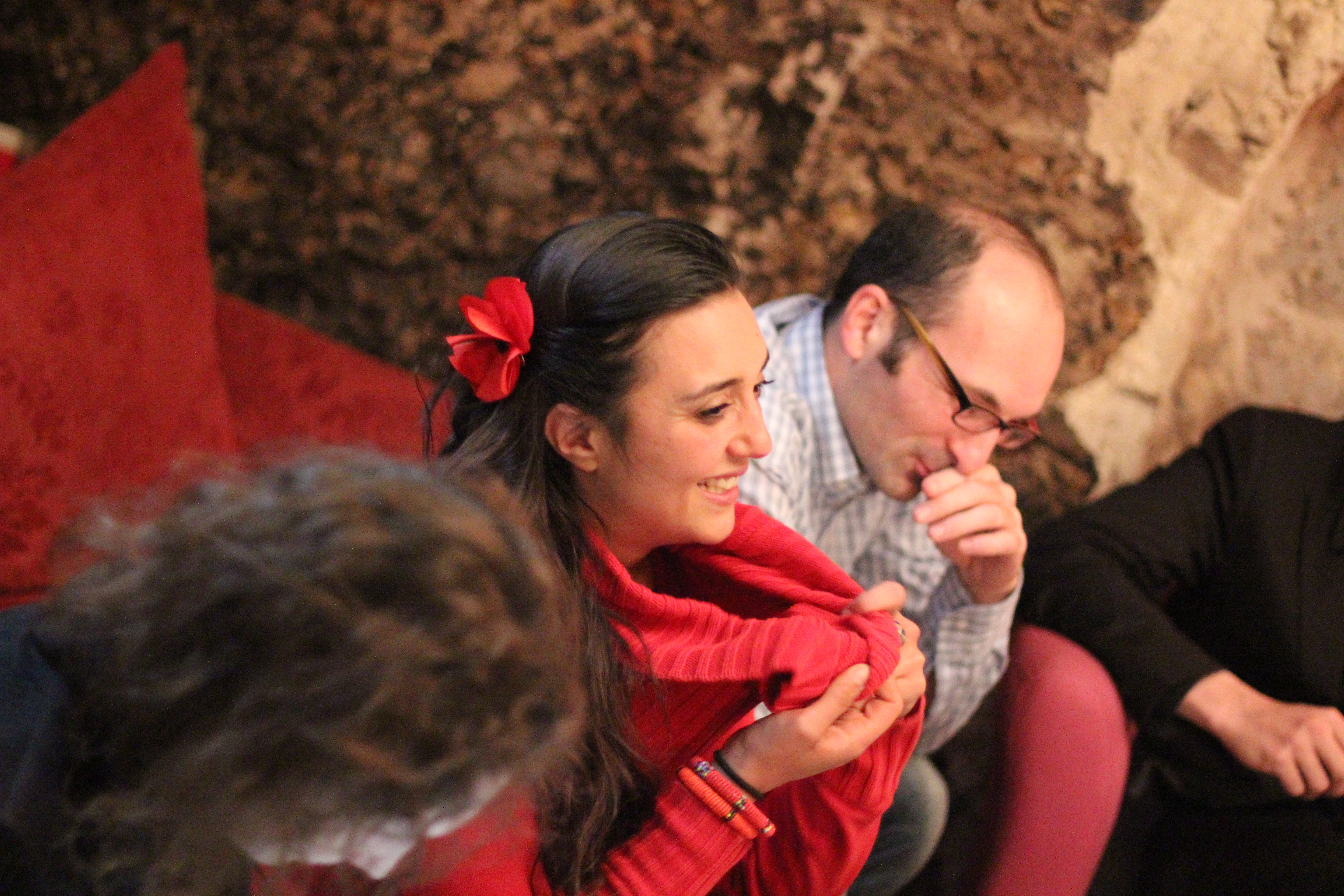A new business model in the music industry : the artist as a full multimedia package.
Internet challenges traditional revenue sources
The rise of music distribution over the Internet had a profoundly negative impact on the profitability of the music industry since the turn of the new millennium. The value of the global recorded music industry shrank by more than 40% between 2004 and 2010. There was an estimated 20% fall in the number of people employed as musicians in the United States since 2000, with 1.2 million jobs projected to be lost in the European creative industries due to digital piracy by 2015. In the US, only 18% of internet users aged 13 and over regularly bought digital music. In Europe, digital adoption was even less widespread – only 8% of internet users in the top five EU markets frequently bought music digitally (IFPI Digital Music Report 2011).
Digital piracy’s impact on music sales had fed through directly to reduced investments in artists. Data published in 2010 by the International Federation of the Phonographic Industry (IFPI) indicated that around 16% of the recording industry’s revenue was invested in developing artists annually. This proportion was more than many other industries invested in research and development. With a further 13 per cent spent on marketing, the recording industry was estimated to have committed US$5 billion in 2009 to nurturing talent. But this spending represented almost 40% less than had been invested just five years before, and despite these investments, there was an estimated 77% fall in debut album sales in the global top 50 over the same period, from 47.7 million to 10.8 million units.
Thus the music industry faced two dilemmas; how to launch stars who could drive new music sales in a digital world, and; how to shorten the time until an artist could start generating income from different revenue streams, like world tours, brand licensing and merchandising? In a nutshell: How could the new business model for the music industry look like?
Stop selling the music, sell the artist
Lady Gaga is a living example of the new business model of the 21st century music industry- what the industry calls the « 360 deal » in which music companies share a proportion of revenues from every aspect of the artist’s business. Lady Gaga is one of the first major artists to have been launched under this model, with a portion of her income from all of her different commercial activities shared with Interscope Records. Says Tom Corson, executive vice president and general manager of RCA Music Group, a rival to Gaga’s label: « It’s not just about great songs. In the best-case scenario, it’s a full multimedia package. » (Wall Street Journal Online)
Diverse new ways to access music are also developing rapidly, such as subscription services; devices and broadband bundled with music; streaming services with applications for mobile devices; advertising-supported services that upgrade users to paid-for premium offerings; and online music video. Many music companies are also partnering with advertising-supported services such as Spotify, Deezer, MySpace Music and We7. On YouTube, Lady Gaga’s videos include pre-roll and post-roll advertising, with the bulk of the money made from ads going directly to Interscope.
Artist overpasses the label
Although Lady Gaga has a contract with Interscope Records, she appears to be very much in control. Troy Carter, Founder & CEO of Coalition Media Group and worldwide Manager for Lady Gaga since 2007, has described their dynamic as « 95-5. » « The only thing I do is manage the vision, » he said. « Ninety-five percent of the time I won’t comment on creative, and 95% of the time she lets me run the business.” In the words of Steve Berman, Universal Music’s president of sales and marketing. “When you’re dealing with someone as good as Gaga, a lot of it is how to stay the fuck out of the way…Gaga has worked tirelessly in keeping up daily if not hourly communication with her fans and growing fanbase through all the technology that exists now.” (Fanpop, GaGa, Oooh La La: Why The Lady Is The Ultimate Social Climber, Retrieved 11/05/2011). Or as Jamie Anderson, professor at the Antwerp Management School, puts it in his TEDxAntwerp talk: Lady Gaga is a perfect example for followership in the time of social media.
Dyana Kass, who heads pop-music marketing for Universal, has teamed with marketing firms like Flylife for Gaga’s outreach to the gay community, and ThinkTank to supplement her online efforts, but otherwise lets Gaga maintain a hands-on relationship with her fans and marketing empire. « Lady Gaga has truly turned culture on its head and has done so from the ground up on her terms, » she said. « You can’t buy that kind of authenticity, and as a result the demand for her involvement in projects is staggering. » (Fanpop)
A new business model in the music industry
We do believe that Lady Gaga clearly leads the way for one new business model emerging in the music industry. In a recent article in the Financial Times Peter Aspden called it the “School of Gaganomics”. The Economist even compared Lady Gaga and Mother Theresa in an article called “The mother and the monster”. But we are also sure that there are many more to come. To discuss the implications of this development also for other industries we have written and published a case study on Lady Gaga which we published in May 2011 when her new album “Born this way” was released. In our book “The fine art of success” we discuss various artists, their approach to strategy, leadership, innovation and creativity and what executives can learn from them.
Implications for major labels : new partners and new activities
Looking at the implications of the rise of this new business model, it becomes obvious that major labels will have to invest in new key activities and new partners. For example labels will have to get up to speed in identifying and negotiating with additional players like fashion labels, consumer products producers and the like. They will also have to shift their approach from chasing the instant number one to slowly but sustainably developing careers, almost like galerists are working with artists. And this last point will probably be the make or break element for this kind of business model as criticism emerges from artist as they fear of being controlled and potentially forced to do things they would not chose to do. And as Panos Panay, CEO of online music platform Sonicbids, puts it: “There’s two things we know about creativity: you can’t force it and you can’t really control it.«
Martin KUPP





